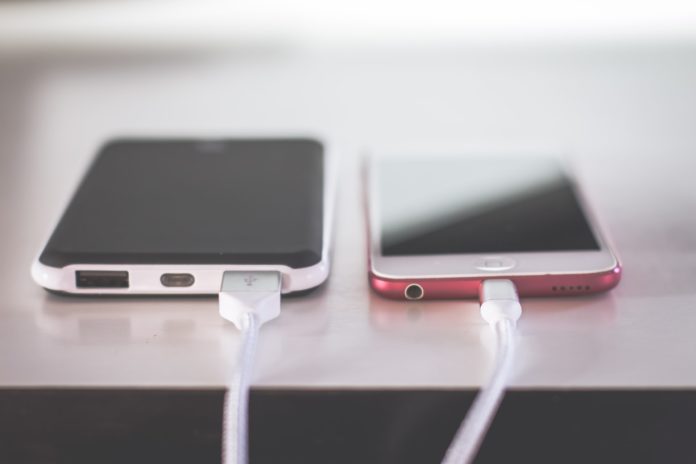In today’s world, most people use batteries every day to power everything from cars to mobile phones to torches. Rechargeable batteries make it possible to use the same battery again and again.
In order to make the most of your rechargeable batteries, it’s important that you understand how a battery charger works and how batteries respond to energy supply during the charging process.
To help you on your way to better battery knowledge and care, here’s what you need to know about battery chargers!
What is a battery charger?
Rechargeable batteries are becoming increasingly popular, providing cost-effective and more environmentally friendly chagrining solutions.
Battery chargers allow you to provide energy to a diminished battery so that it can continue distributing power. They can be used again and again, sometimes to charge multiple batteries at a time.
How does a battery charger work?
A battery charger restores energy to a charging battery by running a direct current throughout over the charging period. This current can restore used electrolytes within the battery, refuelling energy supply.
Charging a rechargeable battery involves a series of electrochemical processes, mostly due to the chemical reactions that occur within the battery itself.
When you use a battery charger, you are able to direct current to reverse the chemical reactions that occur within a battery as it discharges. This allows the battery to restore energy before being used again.
Recharging a battery triggers the battery’s two electrodes and its centred electrolyte to interact, prompting cells to transform and rearrange themselves. Electrons, which carry electricity, travel around the battery’s circuit, working in reverse of their discharging process.
Battery chargers provide batteries with energy that is retained for use to power devices later on.
What happens when the batter is full?
When a battery is fully charged, charging should terminate, but unfortunately, most modern battery chargers have no means of determining when a battery is full.
Even after a battery has reached 100 percent of charge, a connected battery charger continues to supply energy. This results in overcharging.
As batteries receive excess energy, they are forced to dispose of it. With no device to power, batteries instead release power as heat and pressure, continuing to draw additional energy for as long as they remain connected to a battery charger.
Over time, overcharging batteries in this way can lead to battery deterioration and may even cause chemical leaks or explosions.
How to choose the right battery charger
To ensure that you’re getting the most out of your batteries and your battery charger, it’s important to choose the right charger to suit your needs.
When selecting your charger, consider battery type, size, and capacity along with the charger’s voltage rating and maximum charging current. Compare battery chargers and battery options, and think carefully about which options are most likely to suit your needs and charging habits.
Using a high-quality battery charger can help your batteries last longer and work more effectively, ultimately improving the performance of your battery-powered devices.
Are you searching for the perfect battery charger? Visit RS Online to see what’s in stock!















